Tashkent Botanical Garden named after F. N. Rusanov is one of the largest and oldest natural parks in the CIS. Now the botanical garden belongs to the Institute of the Gene Pool of Plants and Animals of the Academy of Sciences of Uzbekistan, formerly the Institute of Botany of the Academy of Sciences of Uzbekistan.
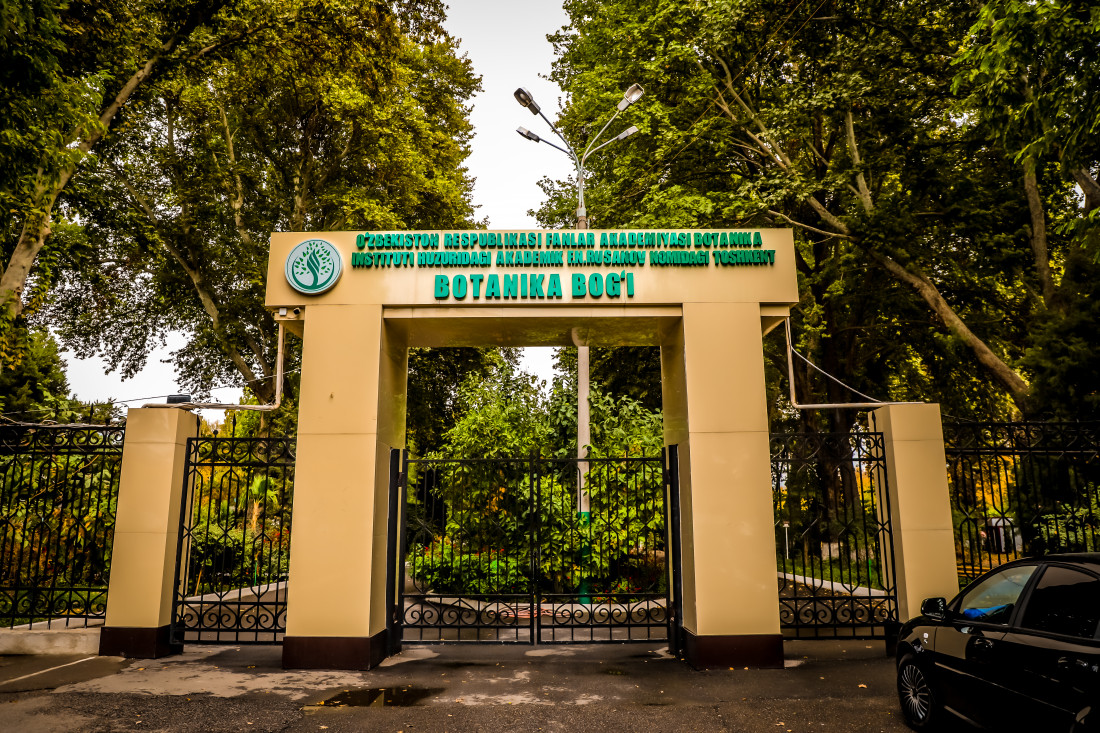
In general, the first botanical garden in Uzbekistan was established in 1920. The initiator of the garden was the Russian scientist F. N. Rusanov, who for many years collected a rare collection of exotic plants. The garden was located near the ancient Ankhor сanal on the territory of the park at the residence of the Governor-General of Turkestan and was created for the study of useful wild plants.
Today, the modern garden area of 66 hectares is located in a residential area in the north of the capital. The Tashkent Zoo is also located nearby.
The Botanical Garden is magnificent at any time of the year. Thanks to the unique microclimate of the garden, you can enjoy the flora of five parts of the world - Central Asia, East Asia, the Far East, Europe and North America.
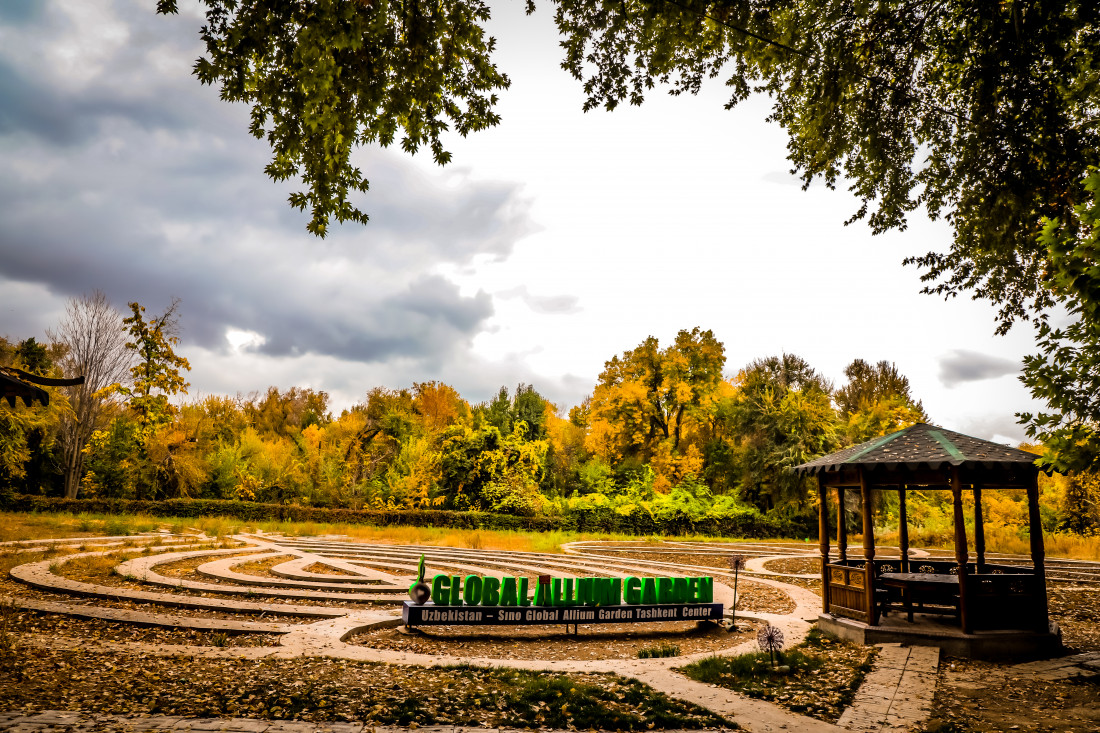

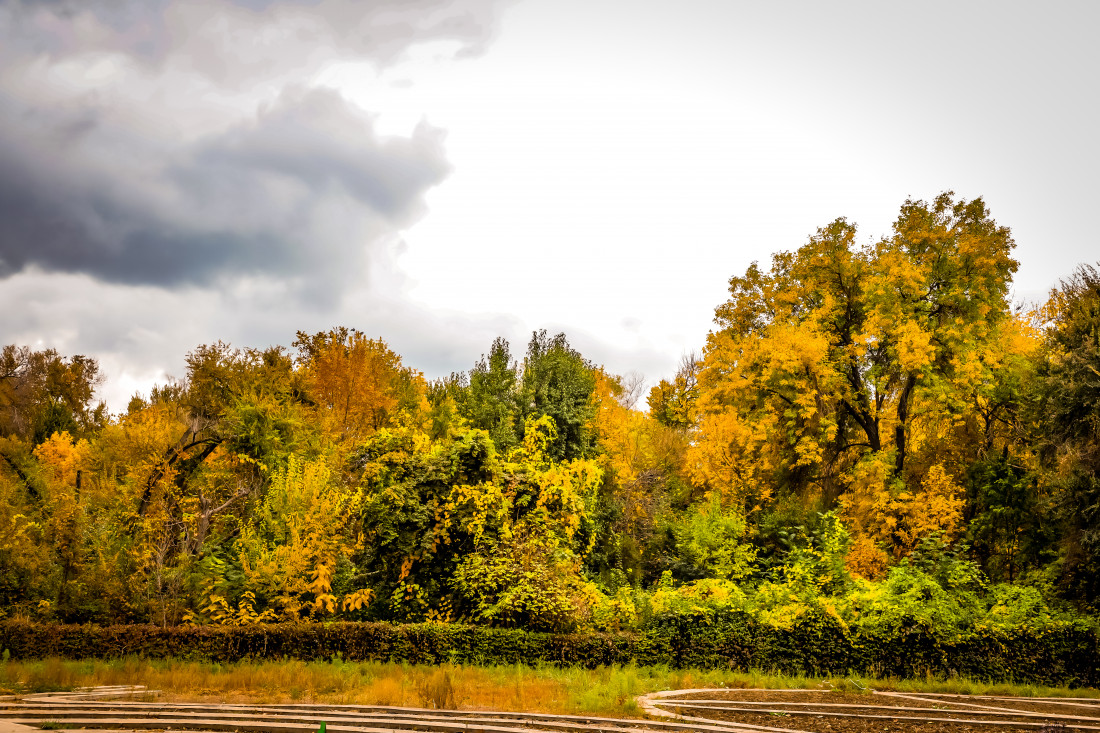
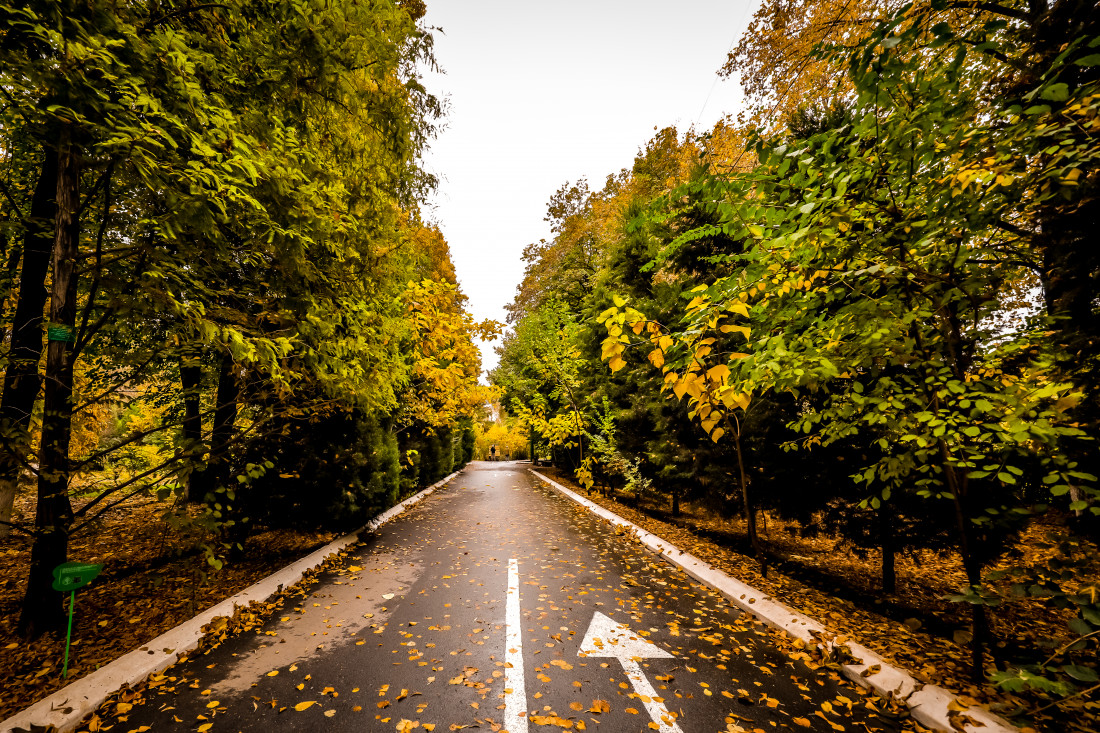
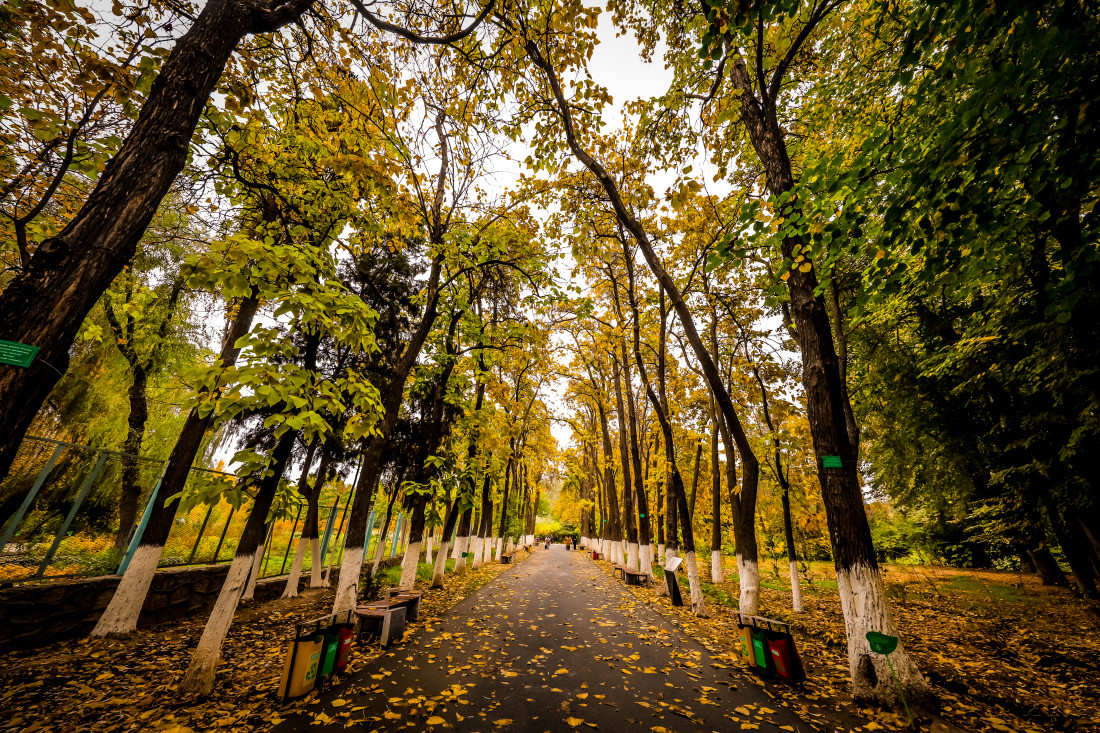
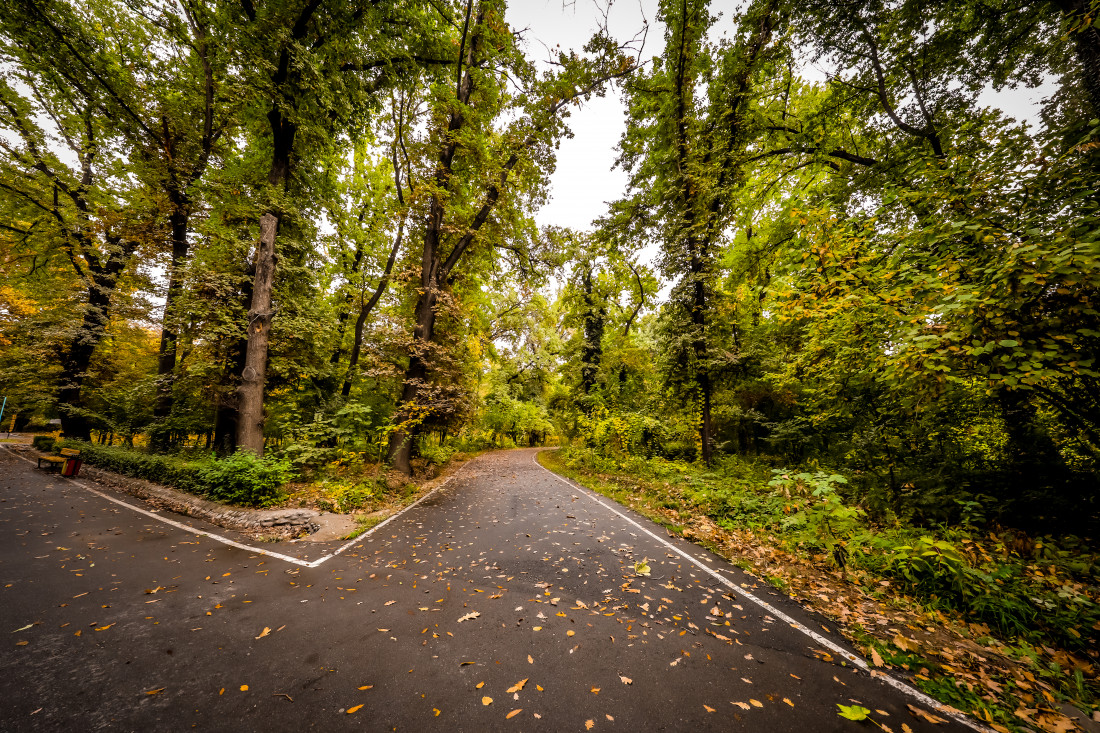
The garden's collection is represented by more than 6000 species and varieties of plants: 170 coniferous, about 800 species of tropical and subtropical plants, more than 2000 species of perennial grasses.
On the territory of the Botanical Garden there are artificial reservoirs, and the water flowing from the Akkurgan canal, due to the convenient location of the garden, flows to plantings by gravity. This has a beneficial effect on the conservation and multiplication of cultivated plants.
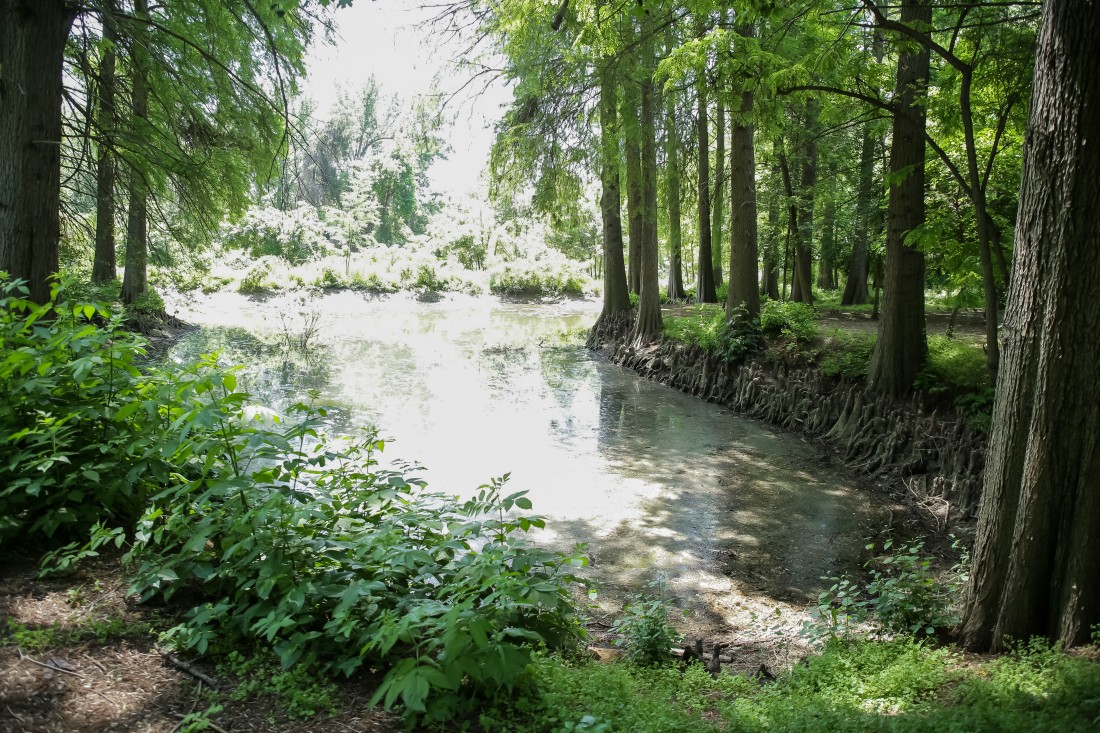
For many decades, the scientific staff of the Tashkent Botanical Garden has conducted extensive scientific research on the introduction of plants to Uzbekistan, as well as the transplantation of native species. And now new species are being identified here that can be used in the household and species of new representatives of the flora are being developed.
Much attention is paid to new plants that are useful in economic terms, and new rare and difficult-to-grow species, medicinal and flower-ornamental plants are being studied. Decorative and fruit trees, various berry bushes, medicinal plants are the subject of study of domestic botanists and beauty - for ordinary visitors.
In 2018, on the territory of 500 sq. The Uzbek-Chinese Onion Garden was created to preserve rare species of the onion family growing in the country, and to study individual species in the conditions of introduction.
Since 2016, the Institute of the Gene Pool of Flora and Fauna and the Botanical Garden, together with the Institute of Botany in Kunming (China), have begun work on creating a collection of wild onions. Now there are more than 100 species found on the garden plots in the mountainous, foothill and desert territories of Central Asia, Iran, the Mediterranean and Turkey.
For gardening in the Botanical Garden, seedlings of large-leaved linden, Lenkoran acacia, tulip tree, Chinese poplar, rare oaks are grown; perennial bulbous plants — tulip, hyacinth, crocus, and root plants-iris, peonies, over 90 forms of hybrid hibiscus.
In the Botanical Garden of Tashkent, there are more than 30 species of exotic birds that fly over our capital. On the territory of the garden, you can participate in various educational excursions, hold photo shoots, video shoots, ride a bicycle and roller skates (light vehicle rental service is provided here), relax on a picnic, as well as buy rare and ornamental plant species.
The Botanical Garden is open to visitors all year round. In the autumn-winter period, the sowing and preparatory season takes place here. In spring and summer, various cultural events are held here. From year to year, the park administration tries to preserve the true purpose of the park as a place for recreation and scientific research. For this purpose, it is planned to create a library in the park, where young scientists and students will be able not only to relax against the backdrop of picturesque nature, but also to conduct various scientific research.
Comment